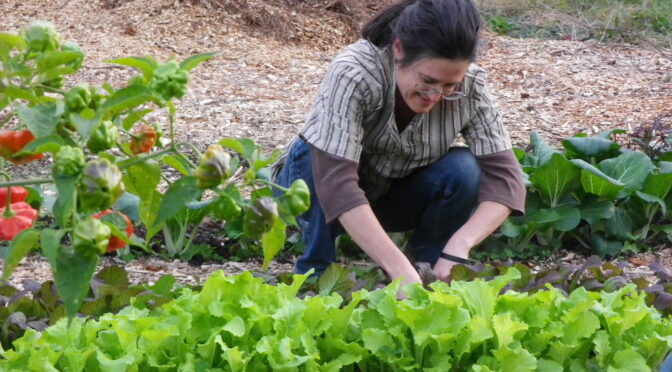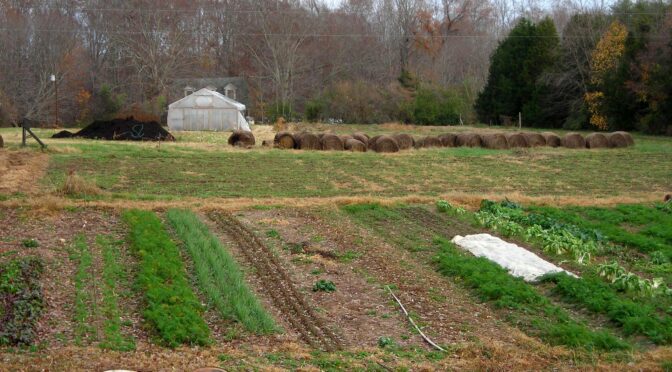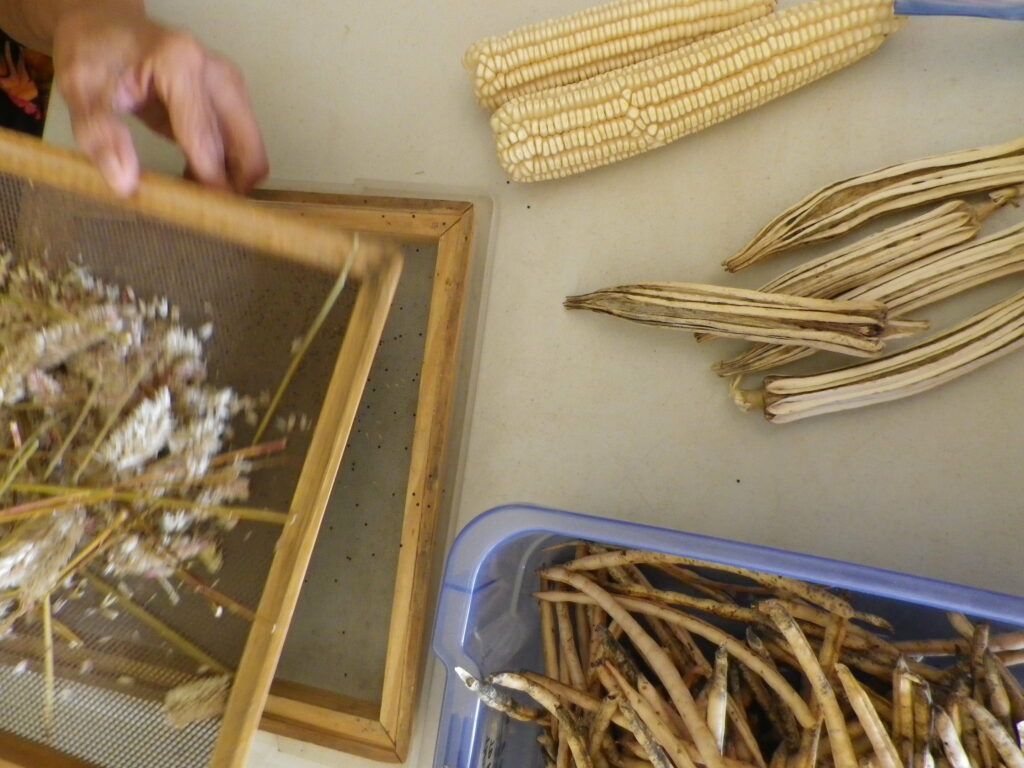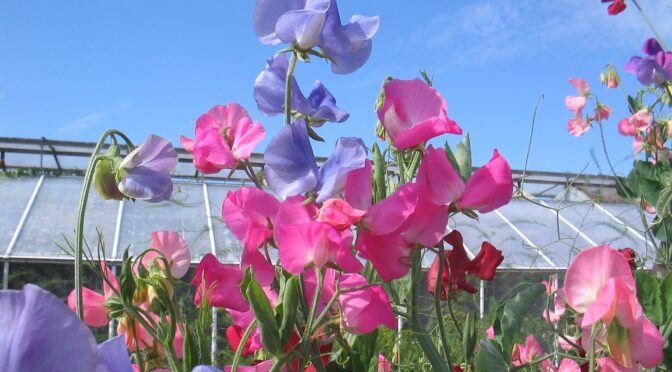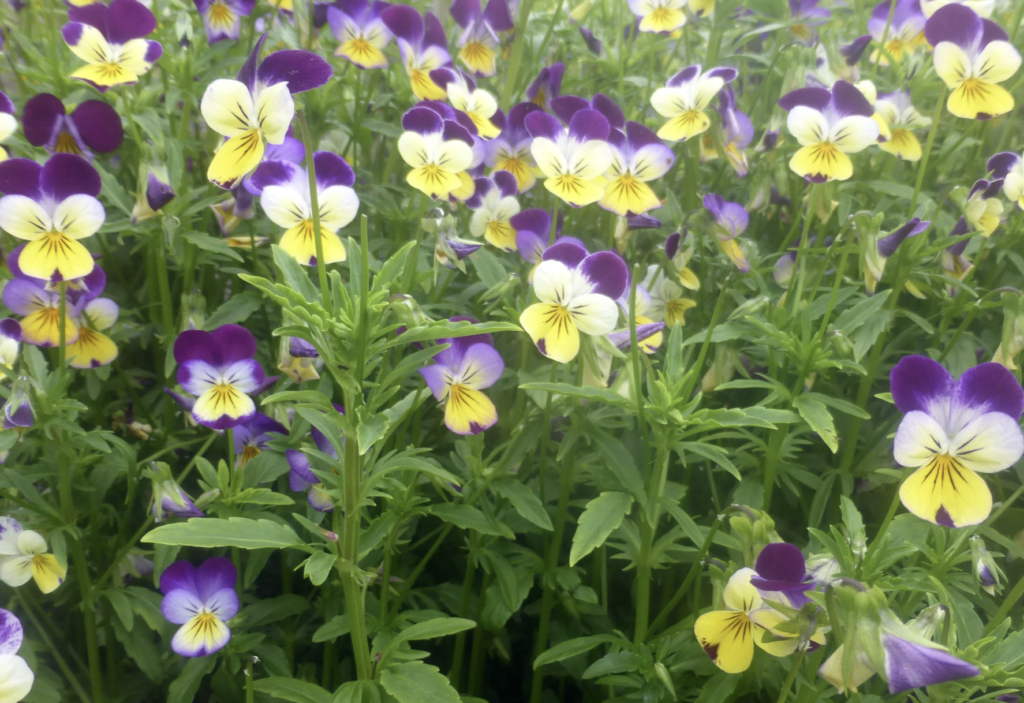Growing a fall garden allows us to extend our season and get more vegetables, herbs, and flowers out of our space. In Virginia, where we’re located and farther south, it gives us a second opportunity to enjoy some cool-weather-loving crops like peas and spinach for a second time. However, as we’ll discuss below, the name fall gardening can be a bit misleading, you will be harvesting in the fall, but for many crops, you’ll be sowing during the summer.
When Do I Start My Fall Garden?
The short answer is it depends. Where you’re located and what you choose to grow will dictate the sowing times for your garden. The first step is to consider you’re hardiness zone and determine your first frost date. Then look at the days to maturity for crops you’re considering planting.
While frost may seem like the primary factor in a fall garden, you must also consider the day length. During the fall, the days rapidly get shorter, and this, rather than cold temperatures, slows crop growth.
To take this into consideration, you want to add 14 days to the days to maturity time for any variety you’ll direct sow and 14 to 28 days for any variety you will be transplanting. This longer period helps account for setback and transplant shock.
Once you have your days to maturity plus the added days for daylight, you can count backward from your first frost date to determine your last possible start date.
For example, let’s say we wanted to plant Capitan Bibb lettuce (62 days to maturity) in a zone 6b garden with an estimated first frost of October 20th. We’ll take 62 days and add 14 days because we’ll be direct sowing it, to get a total of 76 days. If we look at a calendar and count backward 76 days from October 20th, we get August 7th. Therefore we can sow Capitan Bibb lettuce up to August 7th in this garden and expect harvests.
At 62 days, Capitan Bibb is also a rather quick-maturing crop. If you want a fall garden, it’s best to start planning early! In zone 7a, we begin direct sowing slower maturing crops like cauliflower as early as June 1st.
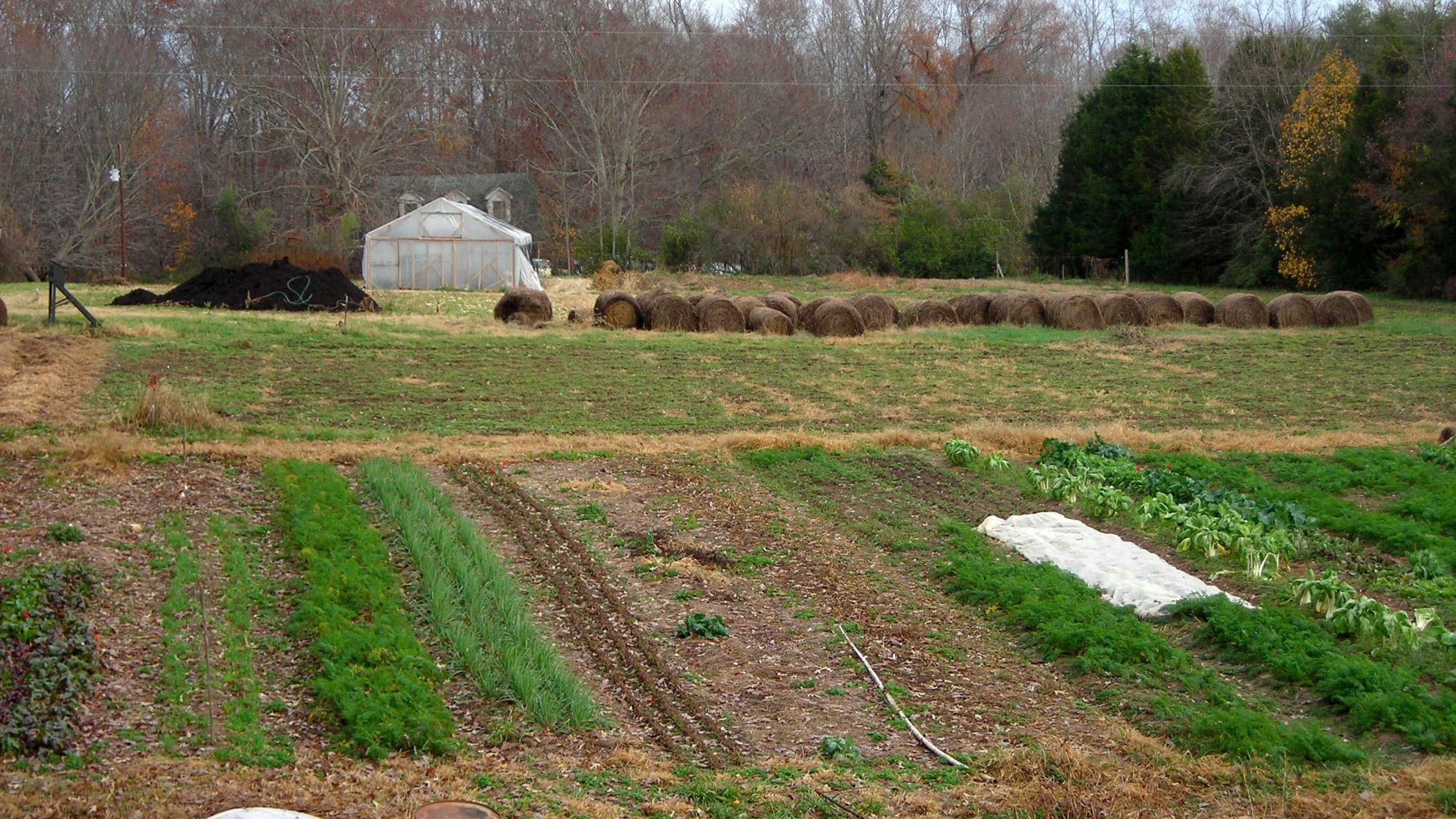 Garden Apps and Calendars
Garden Apps and Calendars
These days, gardening apps can be very helpful for determining planting dates. Our own garden planner features planting dates based on your zip code. The Farmer’s Almanac also has a planting date calculator and a first frost date calculator on its website.
If you’d like a more analog option and are located in zone 7, like we are, feel free to check out our planting list pdf. Also, many states and extension agencies offer planting calendars, so be sure to check your local resources as well.
What Should I Plant?
You can include a wide array of crops in your fall garden, with the exception of some long-season crops like field pumpkins.
We often lean towards cool-season crops like brassicas, peas, greens, and root vegetables when planning fall gardens. While these may last us longer into fall than their warm-weather counterparts, we can still include them in our plans as well. Especially in southern areas, you can start later plantings of squash, beans, sweet corn, and even tomatoes to ensure second harvests at the beginning of fall.
In the past, we’ve often set out some tomatoes in the second half of June to ensure we had good production for fall tomato tastings. Here are a few of the crops you can consider planting for fall:
- Cauliflower
- Cabbages
- Summer Squash
- Beets
- Beans
- Peas
- Southern Peas
- Chinese Cabbage
- Swiss Chard
- Collards
- Corn
- Carrots
- Lettuce
- Parsnips
- Rutabaga
- Broccoli
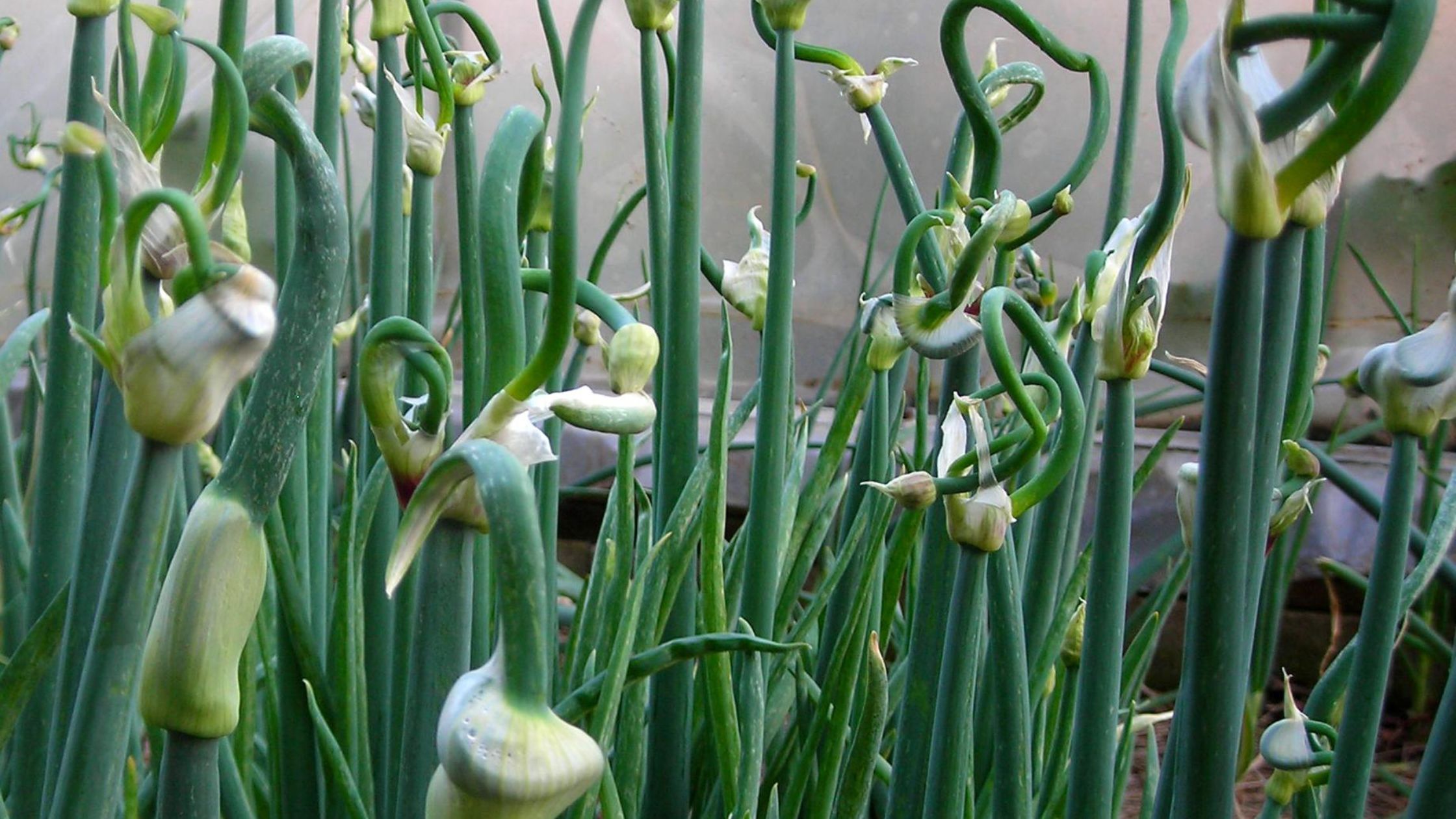 Planting in the Fall
Planting in the Fall
There are also a few crops that you can plant in the fall to harvest next season. Some, like bulb onions, brassicas, greens, and certain flowers, we overwinter when they’re still small to get an early spring harvest. Others, like garlic and perennial onions, need a cold period to produce well.
Planning these out ahead of time can help ensure you get a good selection when ordering. For example, we’re already taking garlic orders, even though we’ll ship it out at the appropriate time during the fall based on your location.
If you’re always sad to see the garden season come to an end, consider adding more fall crops to your garden this season. Start planning your fall garden now to ensure all your crops are in on time and you have abundant harvests!

